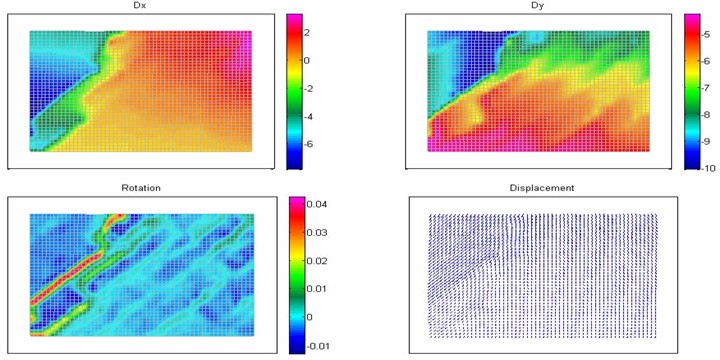
engineering & technology publications
ISSN 1759-3433
PROCEEDINGS OF THE EIGHTH INTERNATIONAL CONFERENCE ON COMPUTATIONAL STRUCTURES TECHNOLOGY
The Application of a Digital Image Correlation Method for Crack Observation
1Department of Construction Engineering, National Kaohsiung First University of Science and Technology, Kaohsiung, Taiwan
2Department of Civil and Environmental Engineering, National University of Kaohsiung, Kaohsiung, Taiwan
3Department of Materials Science and Engineering, National Cheng-Kung University, Tainan, Taiwan
4Department of Landscape Design and Management, National Chinyi Institute of Technology, Taichung, Taiwan
The present study attempted utilizing the digital image correlation (DIC) technique to identify the crack development. The DIC is a newly developed non-contact-type measurement technique. The advantage of this technique is that the whole displacement and strain field can be analyzed and the sample will not be disturbed. It compares two photos of specimens without and under loading respectively. By optimizing the correlation coefficient of the two images, the optimal parameters of the displacement filed are identified. The strain field is then obtained. Subsequently, the crack can be found out by identifying the significant variation of strain and, or displacement.
In this paper, a test on one masonry wall sample was performed to verify the performance of the digital image correlation method. A typical distribution of the displacement field is shown in Figure 1.
The micro cracks are successfully identified by DIC before they can be found manually. The results demonstrates the possibility of significant applications of the DIC in various situations such as shrinkage induced crack of fresh concrete, healthy monitoring of masonry and reinforced concrete structures and safety monitoring of bridges.
purchase the full-text of this paper (price £20)
go to the previous paper
go to the next paper
return to the table of contents
return to the book description
purchase this book (price £140 +P&P)
